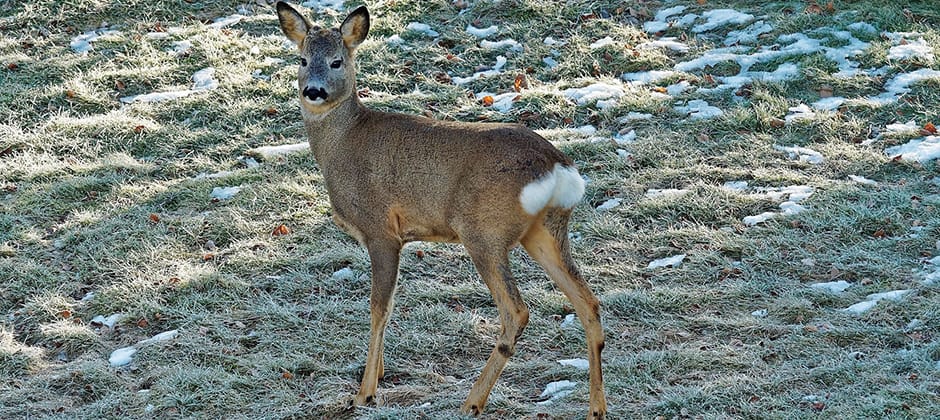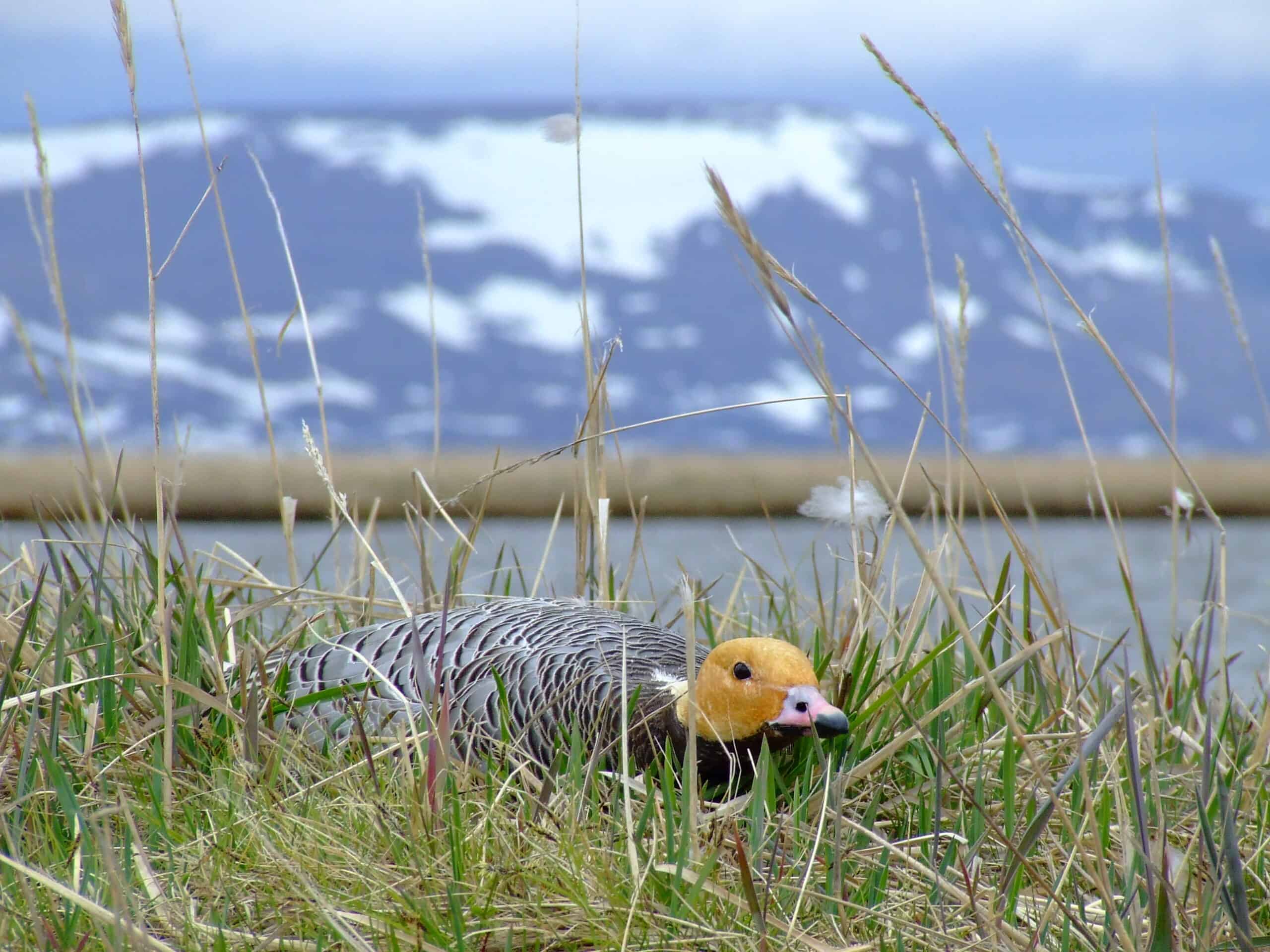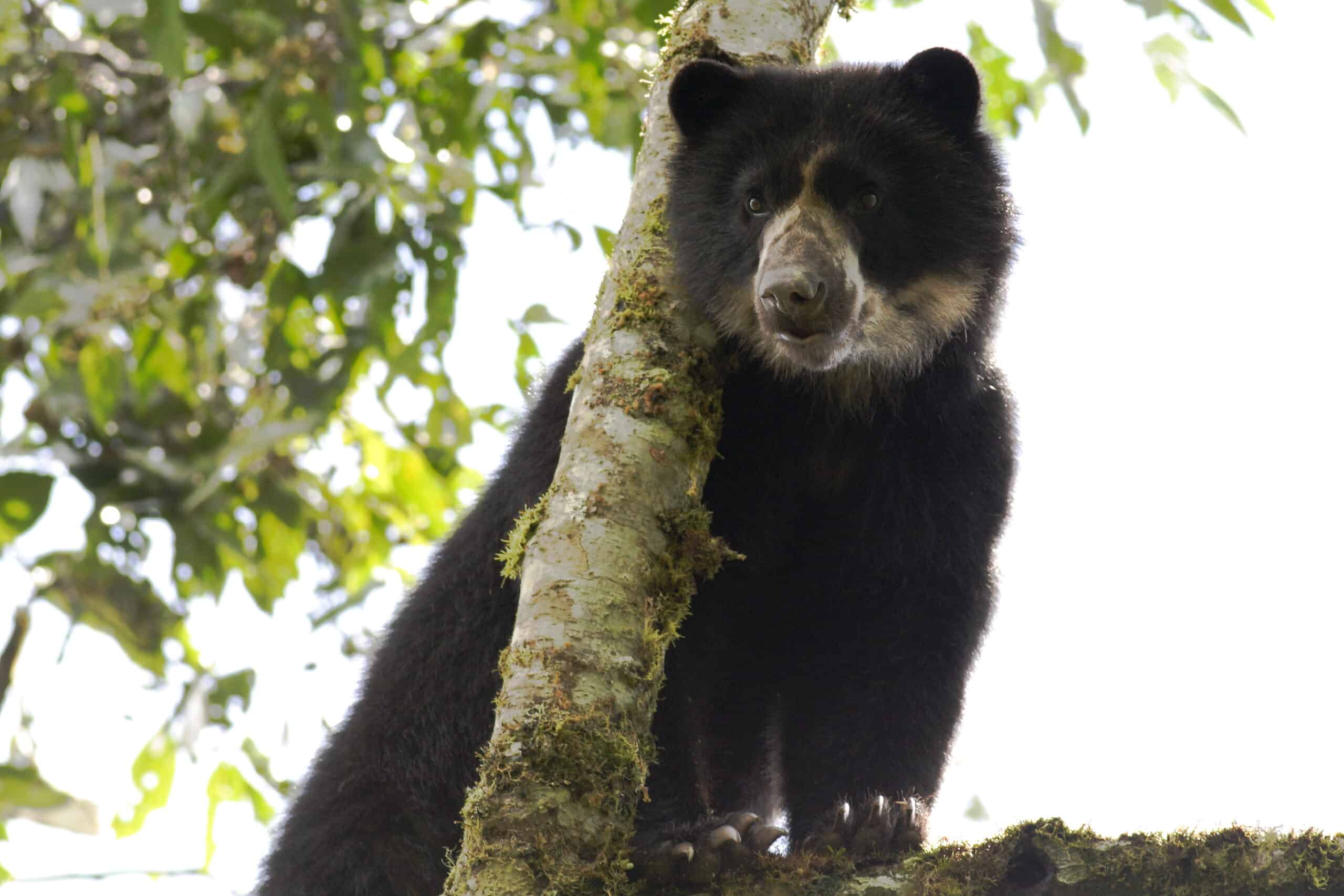Share this article
JWM: Ban doesn’t halt cervid feeding in Norway
After deadly chronic wasting disease appeared amid cervids in Norway in 2016, government officials decided to implement a supplemental feeding ban throughout the entire country.
That prompted a team of researchers to study how widespread the practice was, both before and after the ban.
“How common was feeding? How many people are aware of the ban? This was our motivation,” said Atle Mysterud, a professor of ecology at the University of Oslo and lead author of a recent study in the Journal of Wildlife Management.
Mysterud and his co-authors sent surveys to wildlife managers in each of the country’s 420 municipalities. These managers are in contact with landowners, hunters, forest managers and the public as they manage deer hunting, Mysterud said, and since they are usually the ones who organize any public feeding, they ought to be informed about how much feeding is taking place.
The surveys asked managers if they still do supplemental feeding, for what species, when they do it and why. They also compared the spatial extent of feeding before and after the feeding ban.
After analyzing the data, they found that the main feeding was of local roe deer (Capreolus capreolus) by hunters and managers to increase winter survival. Red deer (Cervus elaphus) and moose (Alces alces) feeding occurred less often. Most of the feeding took place from January to March, but feeding also occurred from November to December and in April.
Mysterud’s team then looked at how supplemental feeding changed before the ban in 2015-2016 compared to after the 2017 ban was put in place. They found that in the region where an early feeding ban occurred, over 80% of the municipalities were feeding before the ban, and that was reduced to a little over 68% after the ban. In the remainder of the country, over 81% were feeding in 2015-2016 compared with almost 73% after the regulations. During a harsh winter, feeding increased to nearly 79%.
“A lot of hunters are not so happy about this ban,” he said.
Instead of a national ban, he suggests targeting areas where CWD has been detected in hopes that compliance may increase.
“I think one good thing about Scandinavia is we don’t have long-term traditions of feeding and no baiting for hunting, so it’s still possible to change attitudes,” Mysterud said.
This article features research that was published in a TWS peer-reviewed journal. Individual online access to all TWS journal articles is a benefit of membership. Join TWS now to read the latest in wildlife research.
Header Image: Roe deer were the most likely to receive supplemental feeding. ©Kenneth Lindbeck-Dahlstrøm








